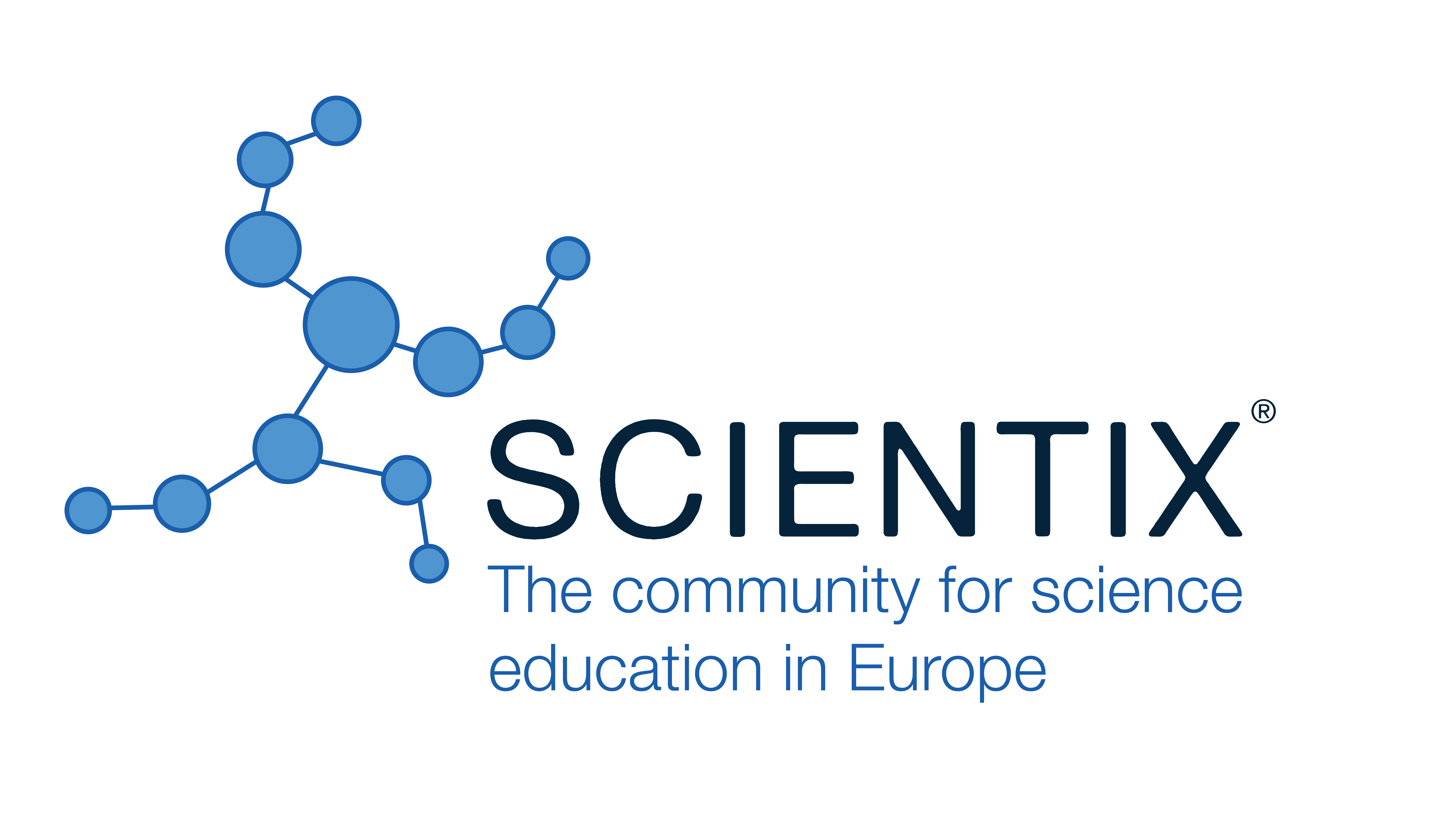Design Education for Alternative Futures: Climate Disaster, Artificial Intelligence, and DEIBJ?
Peter Scupelli, Carnegie Mellon University (United States)
Abstract
Design education struggles to adapt to societal challenges. For example, how engaged should design education be with the unfolding Climate Disaster [1, 2], Artificial Intelligence [3], and DEIBJ (diversity, equity, inclusion, belonging, and justice) [4]? First, most agree that human carbon emissions are responsible for the unfolding climate disaster [5]. Is the next generation of designers prepared to lead the zero-carbon transition? Second, what role might Artificial Intelligence (AI) play in design education? Thirdly, what does it mean to engage with topics such as design for the pluriverse, decolonizing design, and DEIBJ (diversity, equity, inclusion, belonging, justice)? I explore these three directions with a 2x2 matrix with two axis: Climate Disaster engagement and AI. Four alternative futures result. Future 1 is the “business as usual” design education. (e.g., No meaningful engagement in AI or Climate disaster. Future 2 is the high-tech status-quo (e.g., engagement with AI but not Climate Disaster). Future 3 is Sustainable Luddite design (e.g., Engagement with Climate Disaster but ignoring AI and technology). Future 4 is the AI for Climate Emergency, using advanced technologies to engage with the zero-carbon transition and social innovation. Futures 5-8 emerge adding the DEIBJ dimension to the four futures mentioned. Future 5 (no AI or Climate Change + DEIBJ. This is traditional design with a focus on DEIBJ. Future 6 (high tech status quo + DEIBJ): Engagement with AI and DEIBJ but not Climate Disaster. Future 7 (DEIBJ luddite futures): Engagement with Climate Disaster and DEIBJ but ignoring AI and technology. Future 8 (DEIBJ + AI + climate) using advanced technology to engage with the zero-carbon transition and social innovation. The goal of conceptualizing these eight possible futures for design education is to help facilitate conversations among design faculty to better understand possible paths forward.
|
Keywords |
design education, climate change, AI (artificial intelligence), DEIBJ (diversity, equity, inclusion, belonging, justice) |
|
References |
[1] Alexander, B. (2023) Universities on fire: higher education in the climate crisis. Johns Hopkins University Press. [2] Faludi, J., Acaroglu, L., Gardien, P., Rapela, A., Sumter, D., & Cooper, C. (2023). Sustainability in the Future of Design Education. She Ji The Journal of Design Economics and Innovation, 9, 157–178. https://doi.org/10.1016/j.sheji.2023.04.004 [3] Staley, D. (2019) Alternative universities: speculative design for innovation in higher education. Johns Hopkins University Press. [4] Noel, L.-A., Ruiz, A., Van Amstel, F., Udoewa, V., Verma, N., Botchway, N., Lodaya, A., & Agrawal, S. (2023). Pluriversal Futures for Design Education. She Ji The Journal of Design Economics and Innovation, 9, 179–196. https://doi.org/10.1016/j.sheji.2023.04.002 [5] IPCCC (2024) https://www.ipcc.ch/reports/ |
 The Future of Education
The Future of Education





























